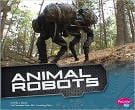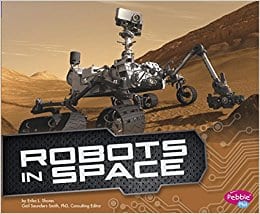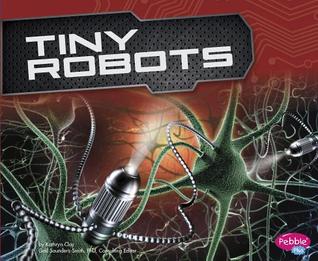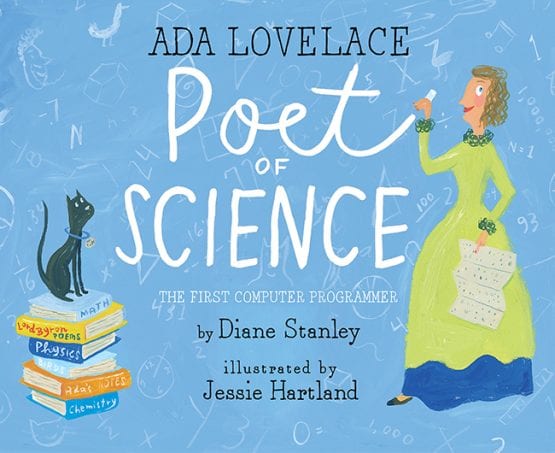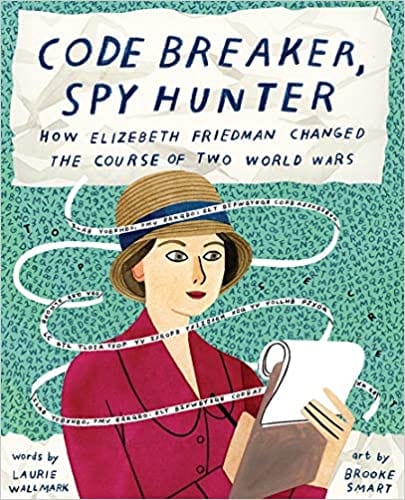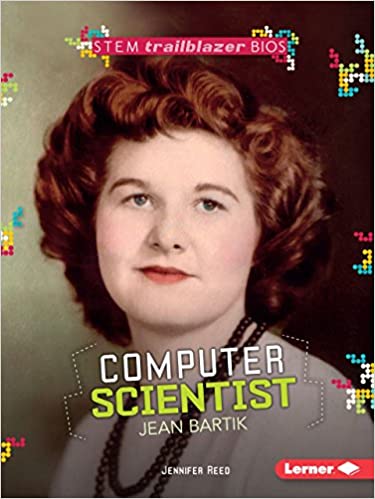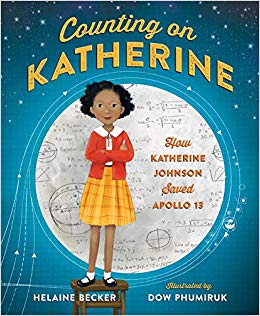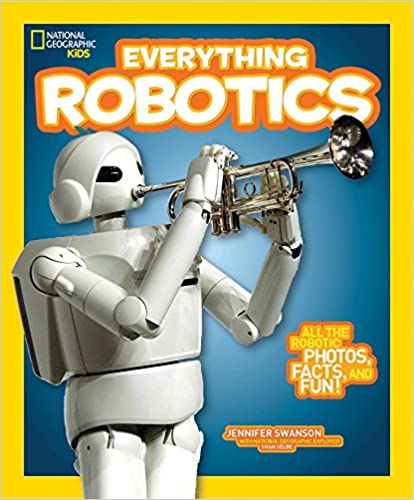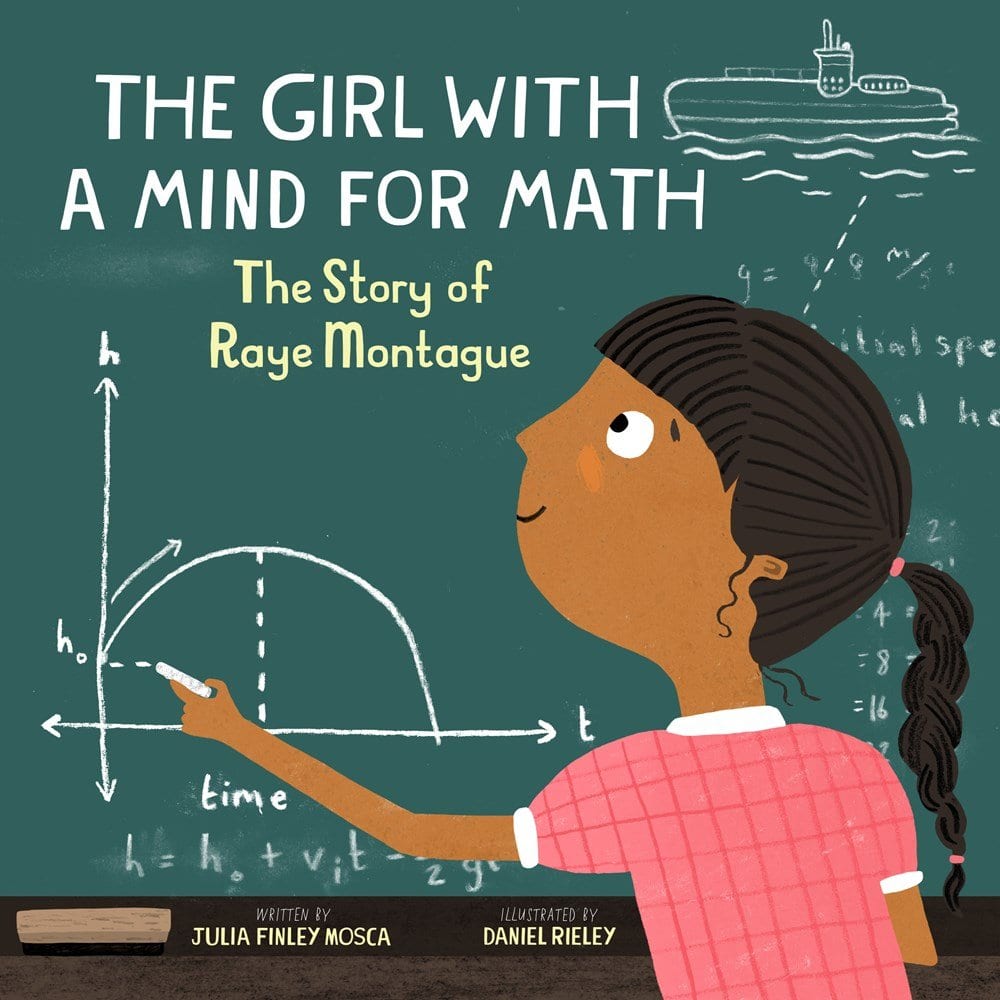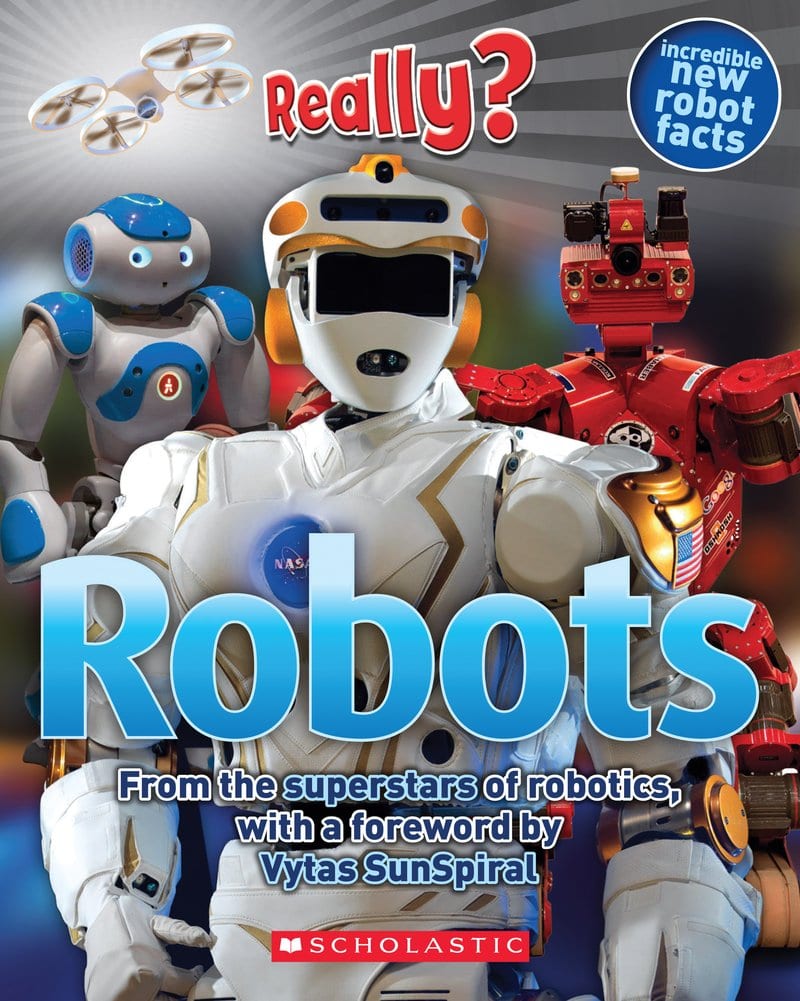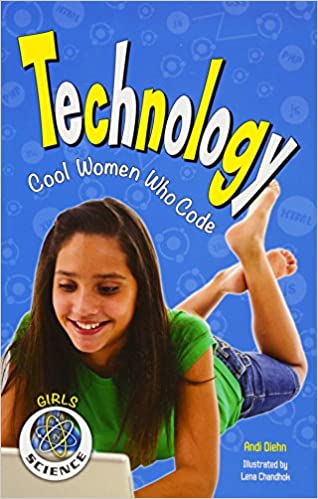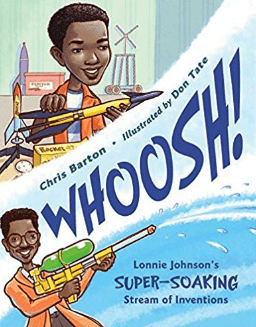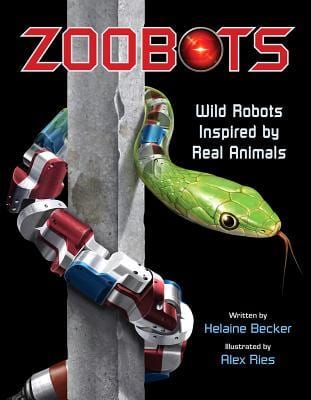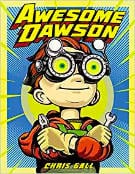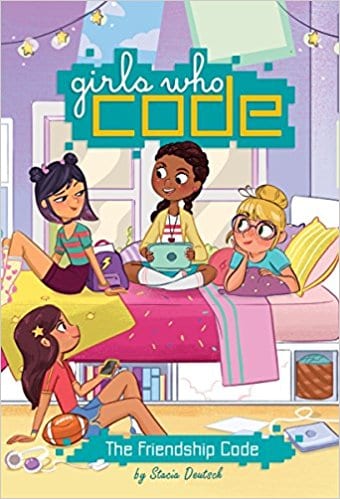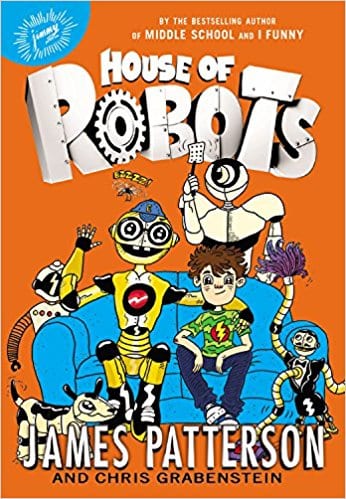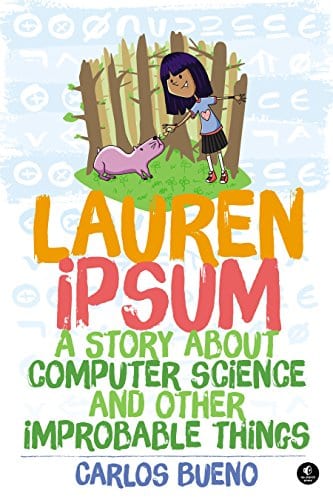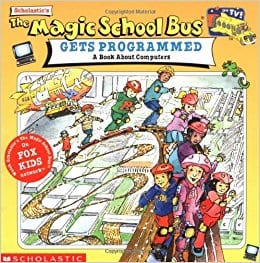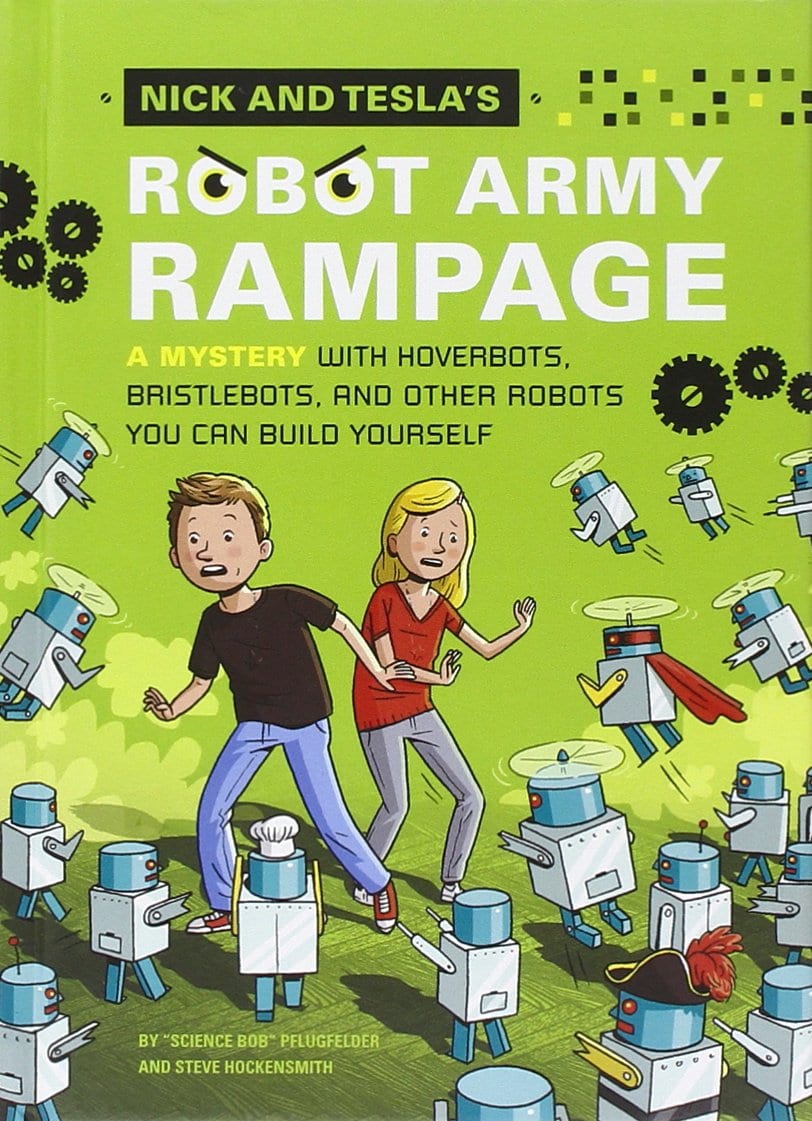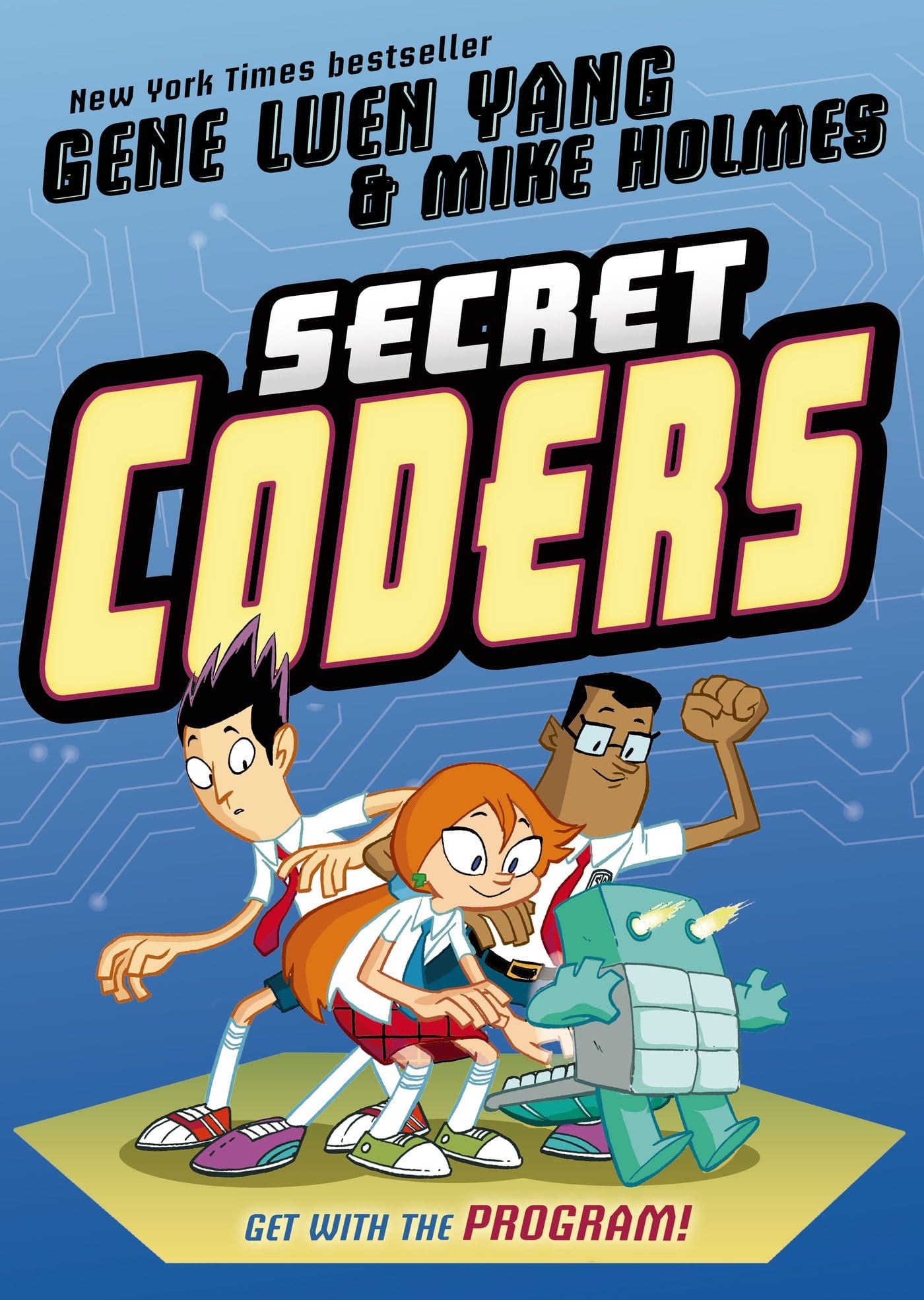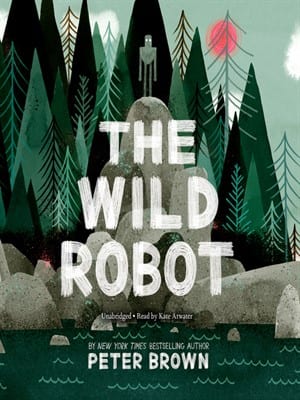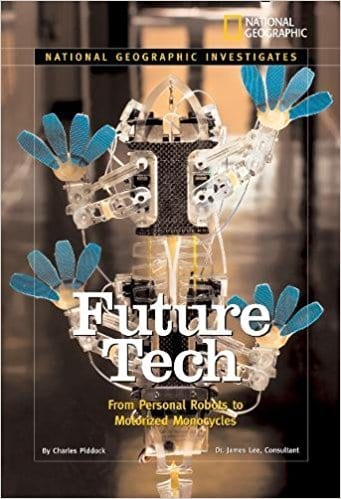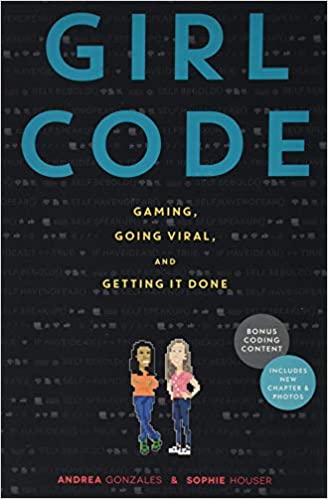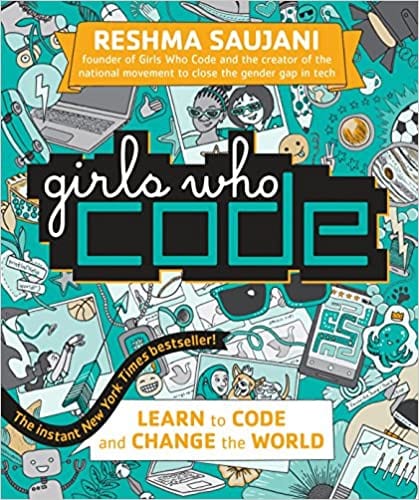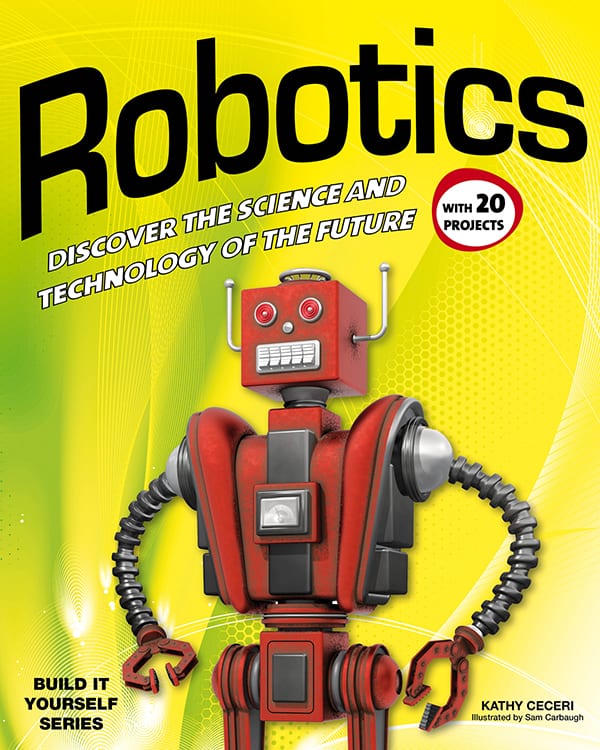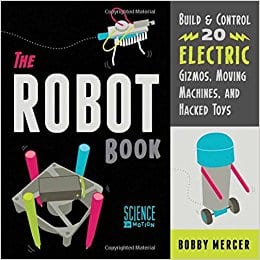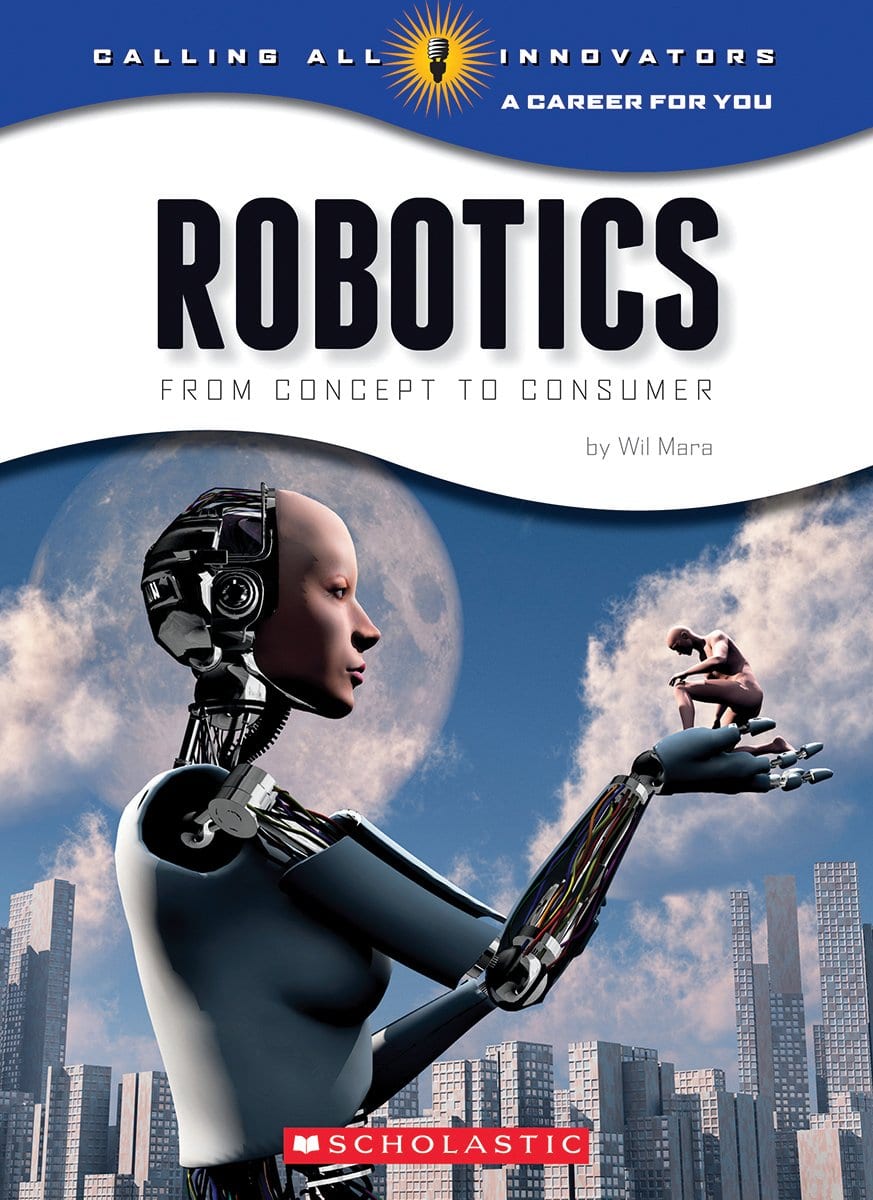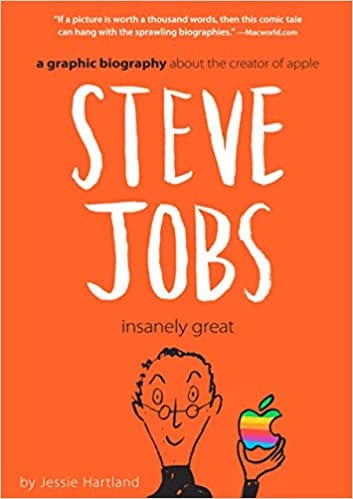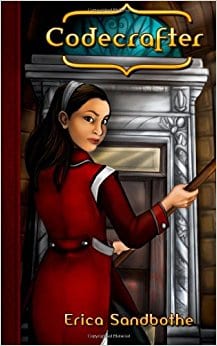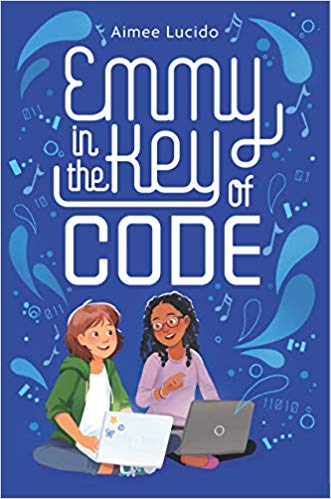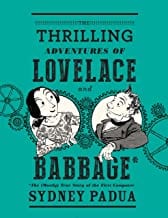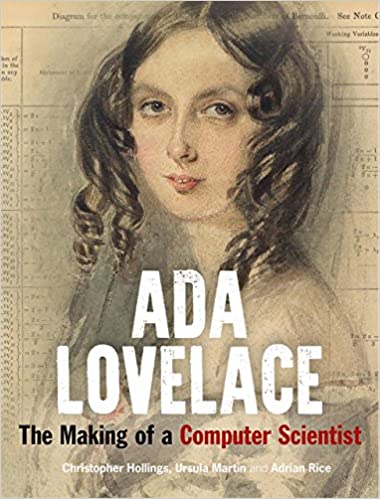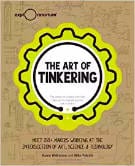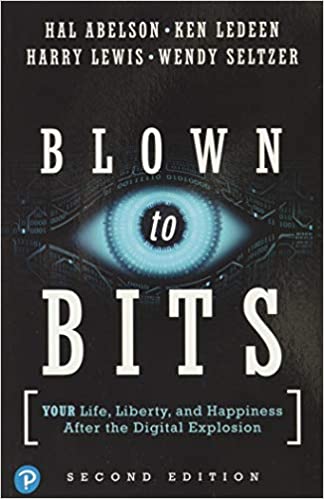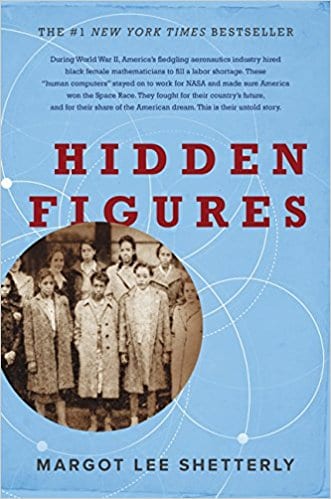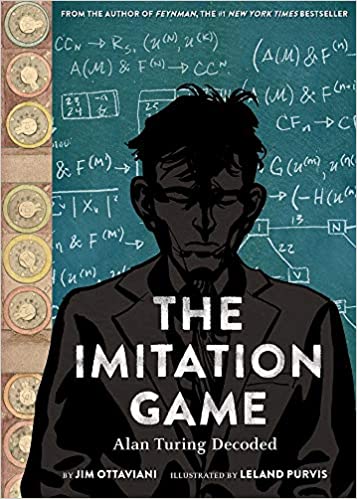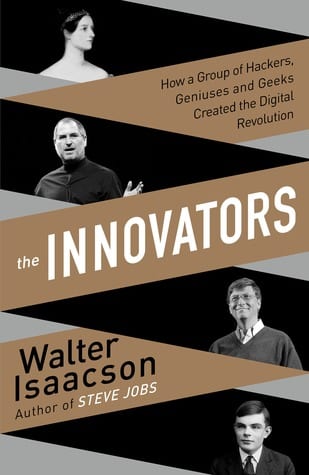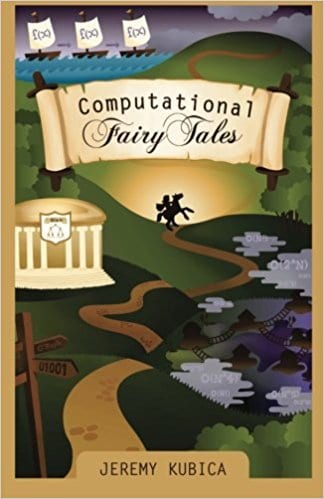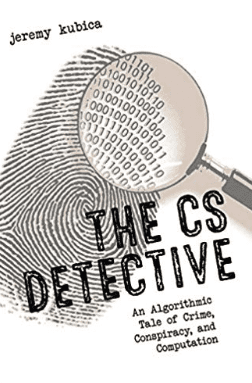Print PageThis page contains affiliate links. If you use these links to make a purchase we may earn a commission at no extra cost to you.
Nonfiction
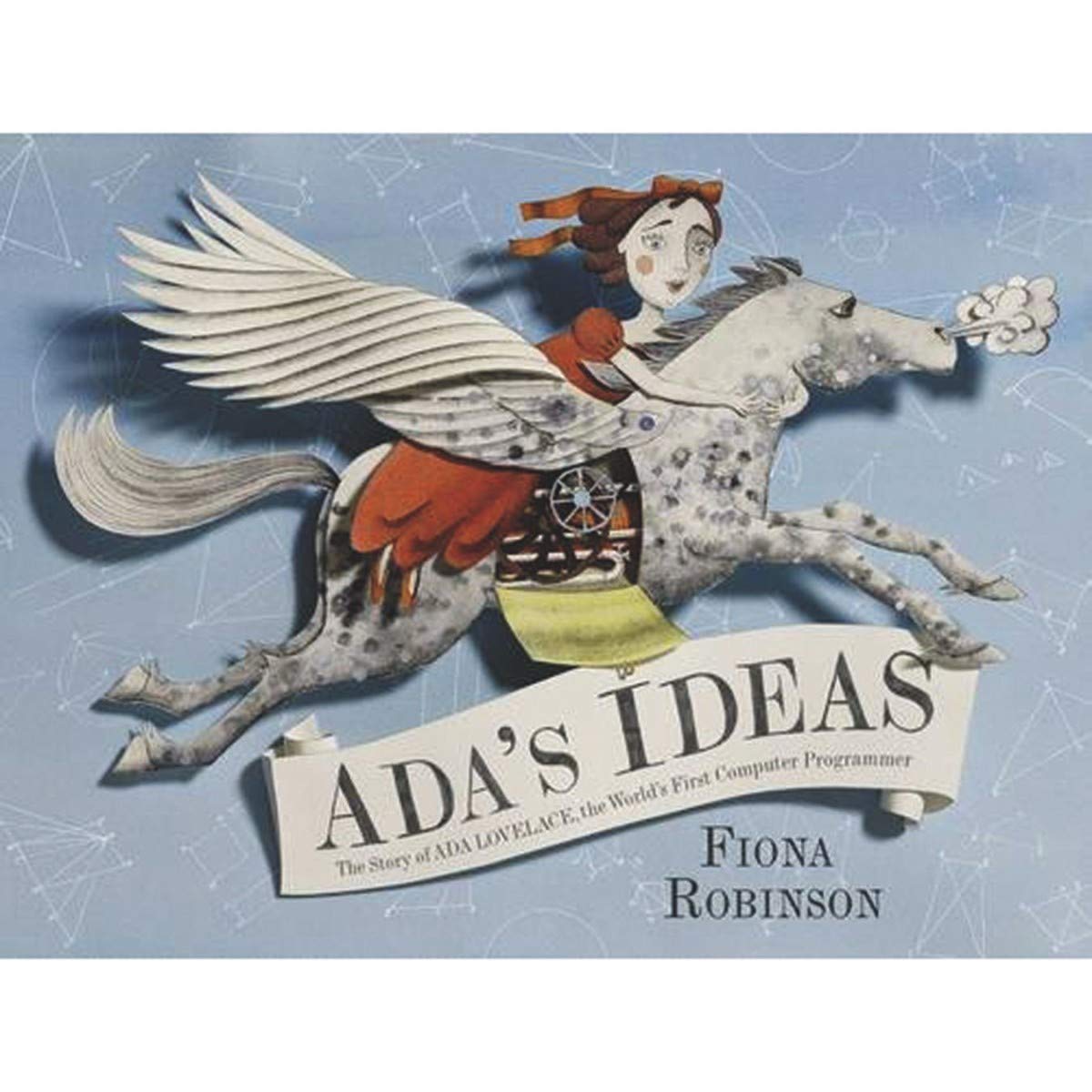
Ada’s Ideas: The Story of Ada Lovelace, the World’s First Computer Programmer
by Fiona Robinson
This picture book biography of Ada Lovelace is rich with layered, collage-based images that capture Ada’s creative and mathematical mind.
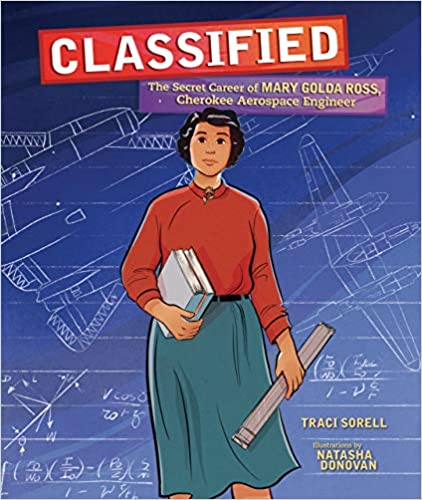
Classified: The Secret Career of Mary Golda Ross, Cherokee Aerospace Engineer
by Traci Sorell (author) & Natasha Donovan (illustrator)
Learn how a passion for math and Cherokee values propelled Mary Golda Ross into life as an engineer working on top-secret rocket missiles & satellites.
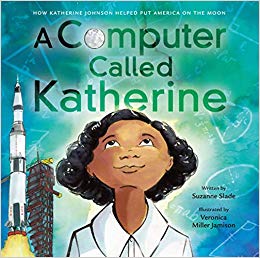
A Computer Called Katherine
by Suzanne Slade (author) & Veronica Miller Jamison (illustrator)
This biography of Katherine Johnson, a NASA mathematician, is filled with beautiful pictures and inspirational text that will encourage kids to reach for their goals.
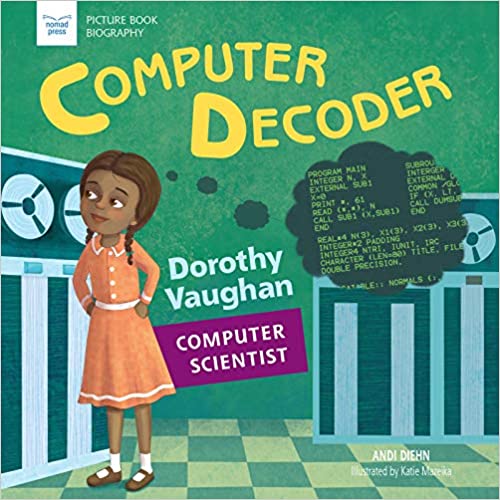
Computer Decoder: Dorothy Vaughan, Computer Scientist
by Andi Diehn (author) & Katie Mazeika (illustrator)
An engaging biography about Dorothy Vaughan, one of the first African American managers at NASA and a pioneer in the field of electronic computing.

Grace Hopper: Queen of Computer Code
by Laurie Wallmark (author) & Katy Wu (illustrator)
Introduces one of the most famous women in computer science, who wrote one of the first programming languages and coined the term “computer bug.”
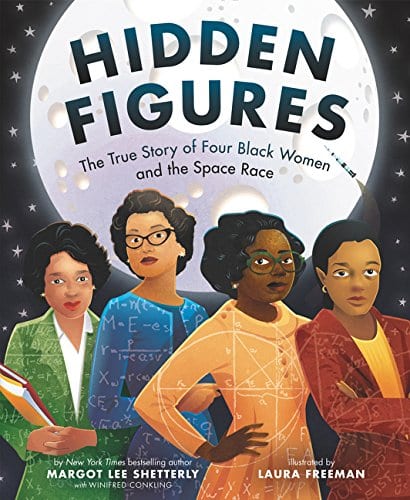
Hidden Figures: The True Story of Four Black Women and the Space Race
by Margot Lee Shetterly (author) & Laura Freeman (illustrator)
This book introduces readers to Dorothy Vaughan, Mary Jackson, Katherine Johnson, and Christine Darden, and their once-hidden contributions to space exploration.
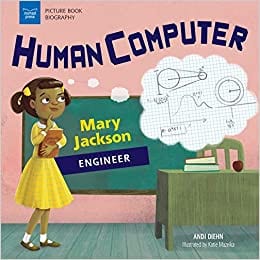
Human Computer: Mary Jackson, Engineer
by Andi Diehn (author) & Katie Mazeika (illustrator)
An engaging biography about the first African American female engineer at NASA. Learn how Mary Jackson’s persistence helped her overcome the challenges of segregation and sexism.
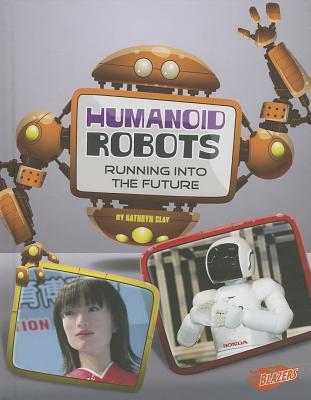
Humanoid Robots: Running into the Future
by Kathryn Clay
This book describes humanoid robots that have been built and shows how they have evolved over time, as well as providing robot facts and definitions.

Instructions Not Included: How a Team of Women Coded the Future
by Tami Lewis Brown (author), Debbie Loren Dunn (author), & Chelsea Beck (illustrator)
Learn about three pioneering women who used mathematics, engineering, logic, and common sense to program one of the earliest computers, the ENIAC.
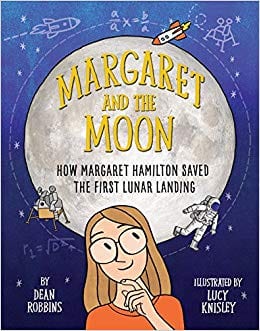
Margaret and the Moon
by Dean Robbins (author) & Lucy Knisley (illustrator)
A great introduction to pioneering software engineer Margaret Hamilton, who wrote the code that saved NASA’s first lunar landing.

National Geographic Readers: Robots
by Melissa Stewart
This book discusses how robots work and what robots can do for us. This is a great introductory informational text, as it briefly touches on several aspects of robotics rather that discussing any one topic in depth.
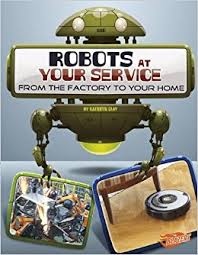
Robots at Your Service
by Kathryn Clay
This book shows how robots are used in everyday life. It discusses how robots can build electronic devices in factories and perform difficult surgeries in hospitals. It also talks about how everyday robots can help people to do chores like mow their lawns or vacuum their homes.
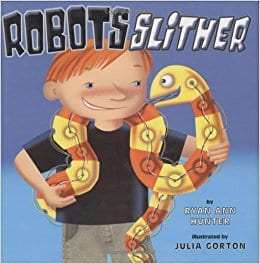
Robots Slither
by Ryan Ann Hunter (author) & Julia Gorton (illustrator)
This book talks about many different things that robots can do, from deep sea dives to smiling. Showing the range of tasks that robots can complete can help students to see the value in learning about robotics and how it may apply in their areas of interest.
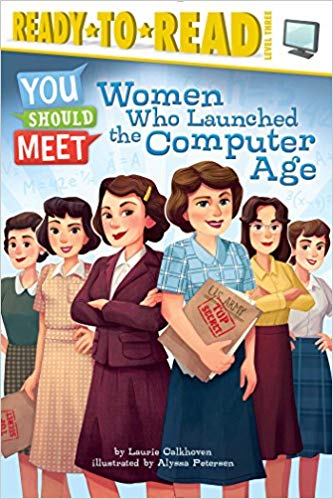
Women Who Launched the Computer Age
by Laurie Calkhoven (author) & Alyssa Petersen (illustrator)
Meet the brilliant women who programmed the first all-electronic, programmable computer, the ENIAC, part of a secret World War II project.
Fiction
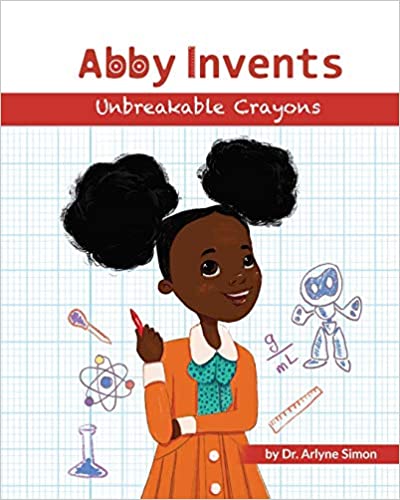
Abby Invents Unbreakable Crayons
by Arlyne Simon (author) & Diana Necsulescu (illustrator)
Introduce kids to inventing as they follow Abby’s trials and tribulations as she tries to invent some unbreakable crayons.
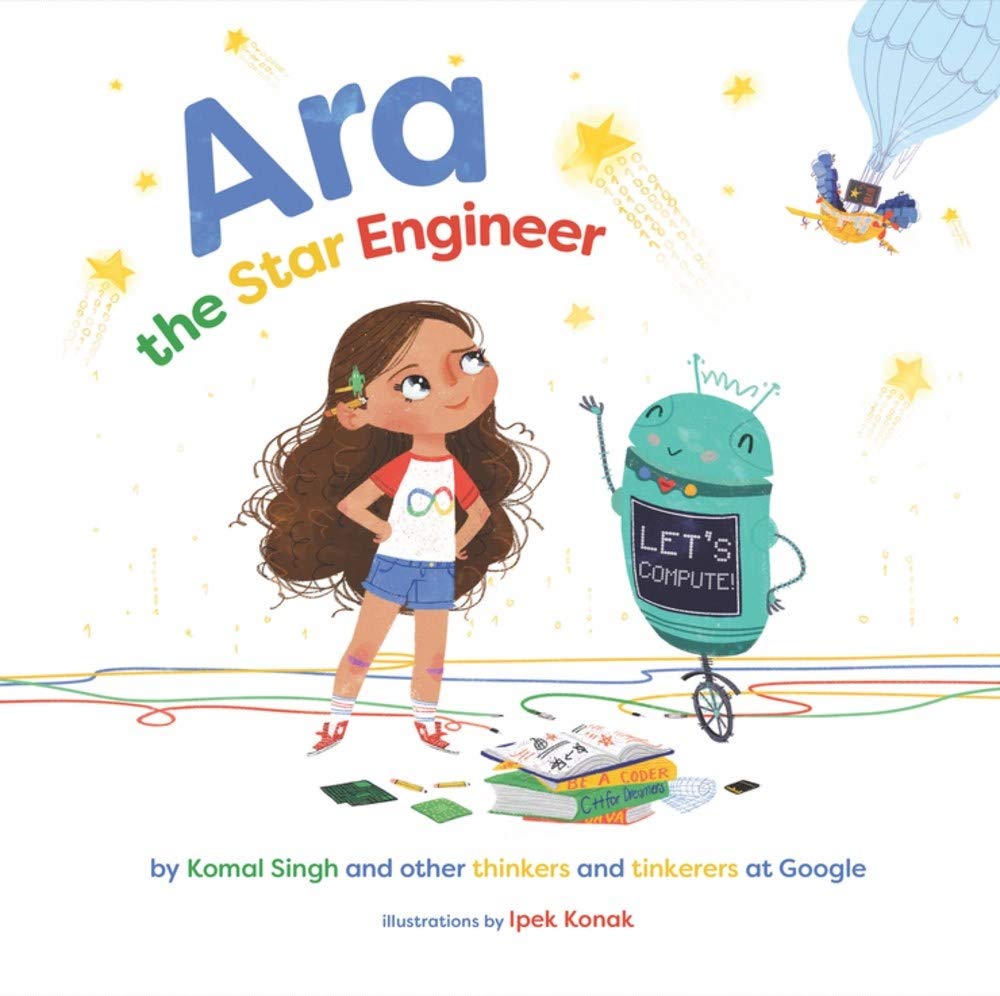
Ara the Star Engineer
by Komal Singh (author) & Ipek Konak (illustrator)
This inspiring book is a great way to learn about technology from diverse, real-life women tech trailblazers. In this fun story a tenacious troubleshooter, intrepid innovator, code commander, and prolific problem solver help Ara use courage, creativity, code, and collaboration to solve a big problem.
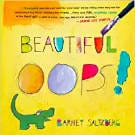
Beautiful Oops!
by Barney Saltzberg
This is a story that can help students to see that making mistakes is not a bad thing. It illustrates how your mistakes can be used to create something beautiful and new that you didn’t expect.
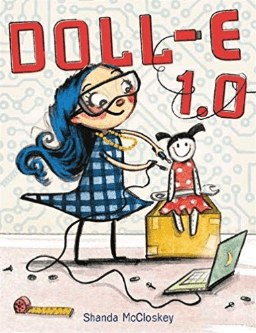
Doll-E 1.0
by Shanda McCloskey
An enjoyable and engaging story with a plucky heroine that combines technology with creative play. Filled with vivid illustrations, Charlotte and her canine sidekick Bluetooth both entertain and delight.
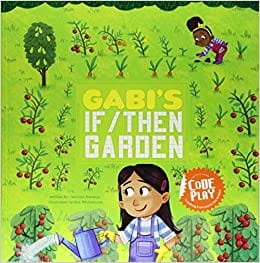
Gabi & Adi Code Play Series
by Caroline Karanja (author) & Ben Whitehouse (illustrator)
These books features Gabi and Adi, friends who introduce programming through their playtime together. With bright, colorful pictures, these books introduce key coding concepts in a fun and easy way. The series includes Gabi’s If/Then Garden, Adi’s Perfect Patterns and Loops, Gabi’s Fabulous Functions, and Adi Sorts with Variables.
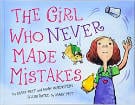
The Girl Who Never Made Mistakes
by Mark Pett & Gary Rubinstein
This is a good book for teaching students that making mistakes is okay and that the fear of making a mistake can lead us to live less-than-extraordinary lives.
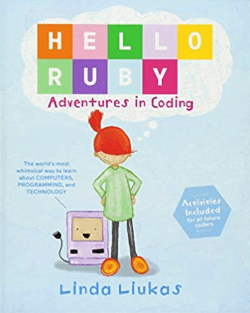
Hello Ruby
by Linda Liukas
This three-book series teaches computer science concepts as part picture book and part creative activity book. In the first book, Adventures in Coding, kids are introduced to computational thinking ideas. The second book, Journey Inside the Computer, covers an introduction to computer software and hardware. The third book, Expedition to the Internet, explains the basics behind the internet in the same playful fashion.
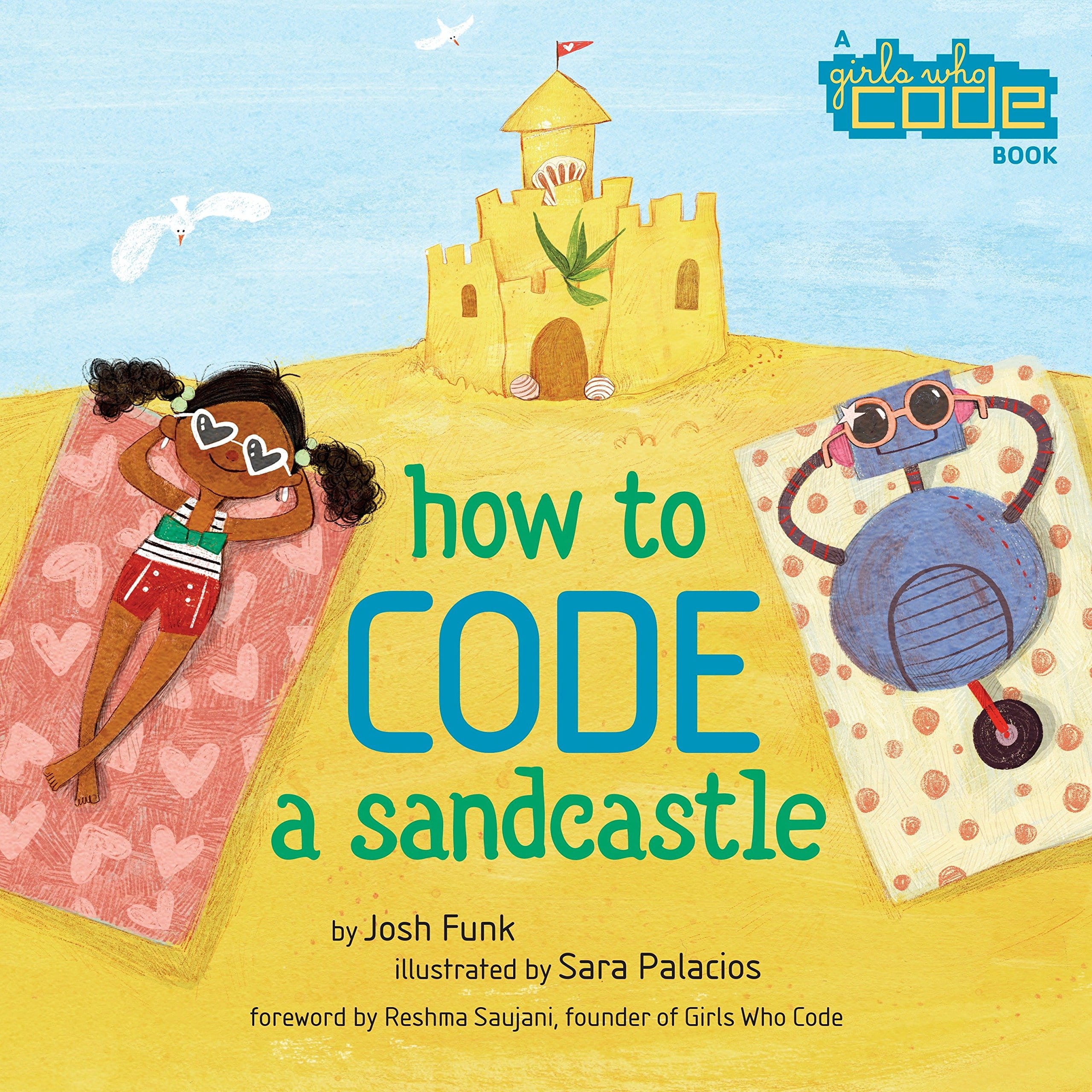
How to Code a Sandcastle / How to Code a Rollercoaster
by Josh Funk (author) & Sara Palacios (illustrator)
Pearl and her robot friend Pascal show that whether you are building a sandcastle or visiting an amusement park, big tasks can be always be broken down into small steps using code! These picture books from Girls Who Code explore fundamental coding concepts and are a great introduction to computer science.
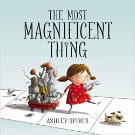
The Most Magnificent Thing
by Ashley Spires
The main character in this book decides she is going to make something magnificent, but wants to give up when she fails. Her dog encourages her to keep trying, and she is able to achieve her goals. The protagonist looks back on her past failures and finds bits and pieces of each one that worked, showing students they can learn from their mistakes and the value in perseverance.
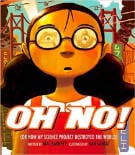
Oh No!: Or How My Science Project Destroyed the World
by Mac Barnett (author) & Dan Santat (illustrator)
In this book, the protagonist talks about things that she wishes she had done, like teaching her robot to read; then she designs a robot that fixes these problems. This book shows the importance of thinking a problem the whole way through and making revisions.
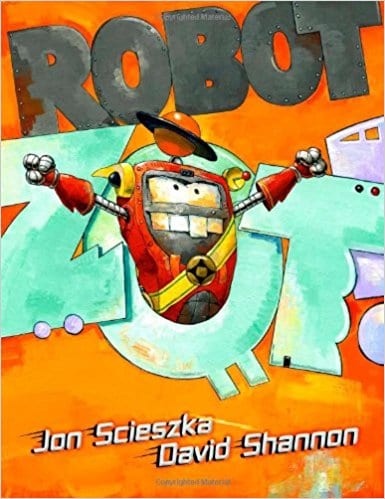
Robot Zot!
by Jon Scieszka (author) & David Shannon (illustrator)
This fun and silly book draws attention to everyday machines that students may not think of as robots. Showing students where robots are used during one’s normal routine can help them understand how robots are becoming more prevalent and how they apply to real life.
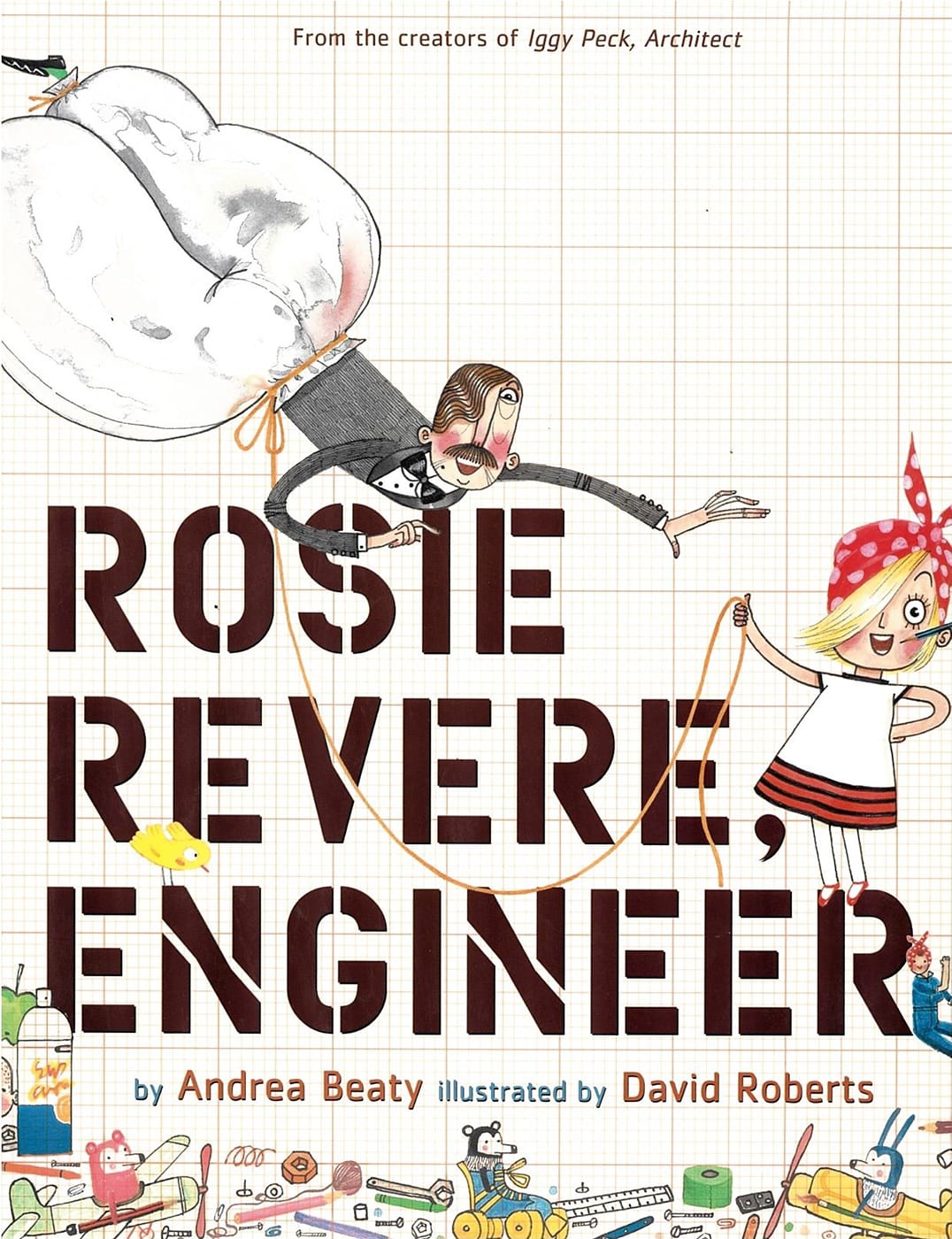
Rosie Revere, Engineer
by Andrea Beaty (author) & David Roberts (illustrator)
This book emphasizes the importance of persistence and encourages kids to keep trying when things don’t work perfectly the first time. This book reminds students of the value in revising again and again, until their program is just right.
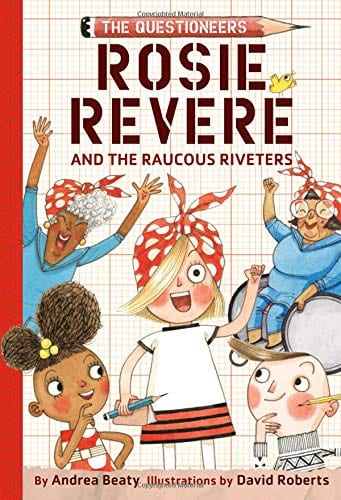
Rosie Revere and the Raucous Riveters
by Andrea Beaty (author) & David Roberts (illustrator)
Rosie is helping her grandma and friends, who were riveters in WWII, with a new invention. But despite all her efforts Rosie just can’t make her engineering project work! This chapter book shares lessons around teamwork, the importance of taking breaks, overcoming frustration, and the power of perseverance.
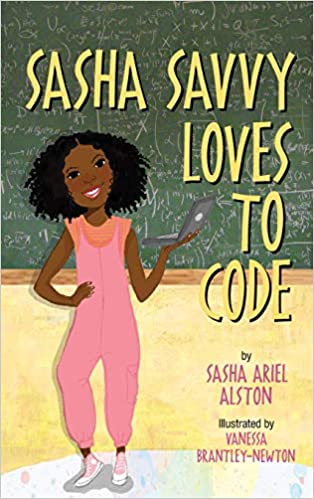
Sasha Savvy Loves to Code
by Sasha Ariel Alston (author) & Vanessa Brantley-Newton (illustrator)
Kids will find this 10-year old heroine relatable as she learns about a coding camp and is hesitant at first, but soon realizes how cool coding is, even when her program doesn’t work and she needs to persist to get it right.
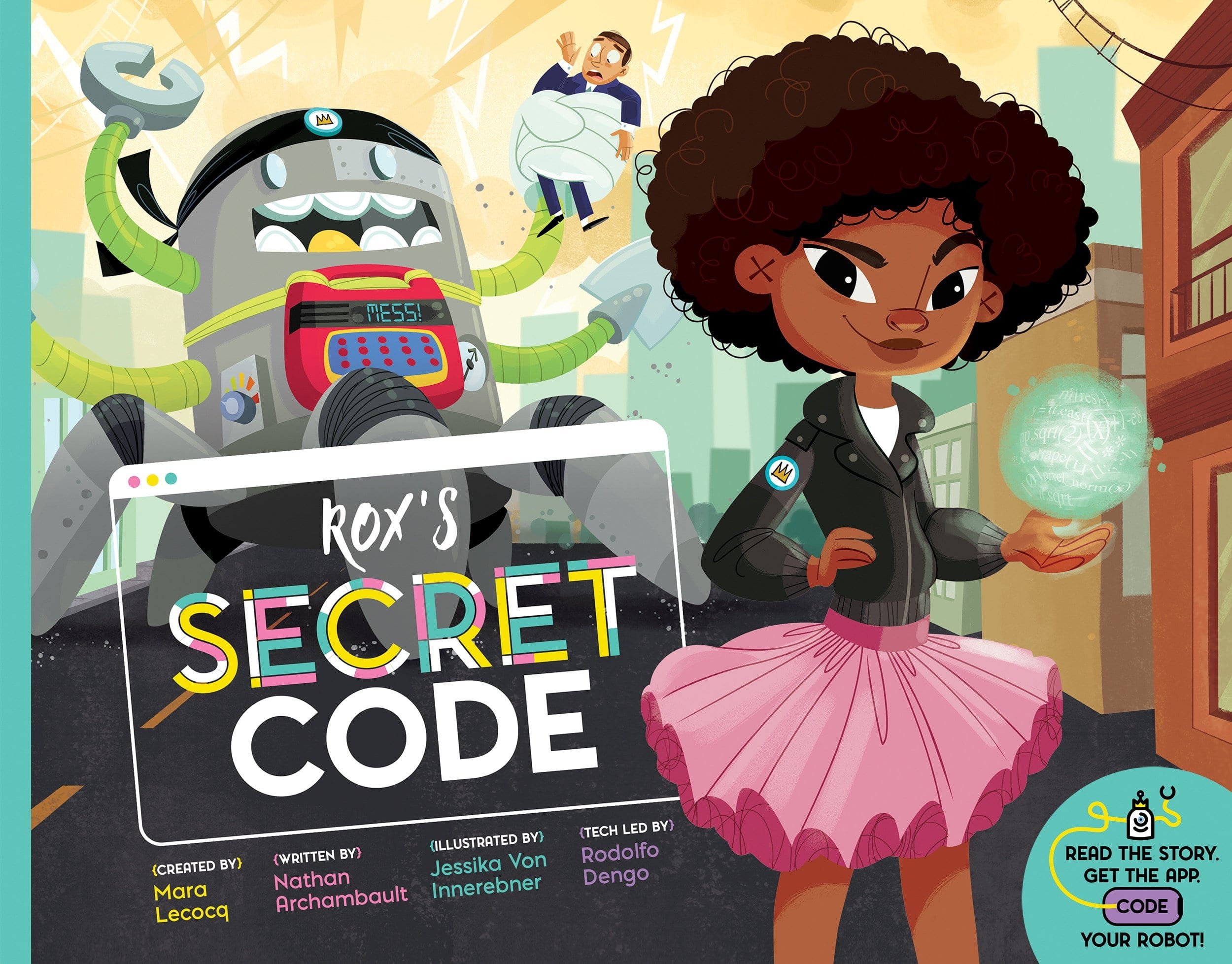
Rox’s Secret Code
by Mara Lecocq (author), Nathan Archambault (author), & Jessika von Innerebner (author)
A fun tale of a young coder and her runaway robot creations. In addition to an inspiring and plucky heroine, this book offers an associated app that teaches coding principles.
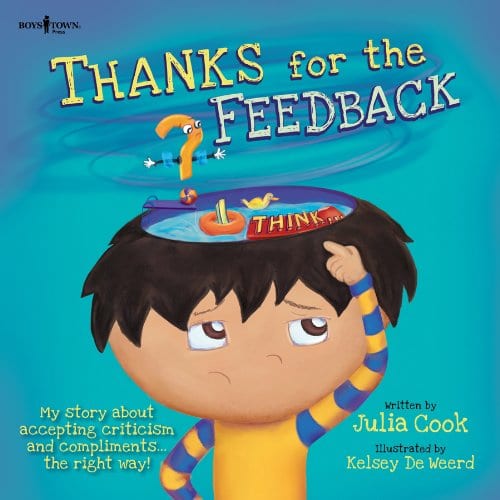
Thanks for the Feedback, I Think
by Julia Cook (author) & Kelsey De Weerd (illustrator)
This book helps students learn how to give feedback that is helpful and constructive, how to take feedback from others, and how to use feedback to make improvements in the future.
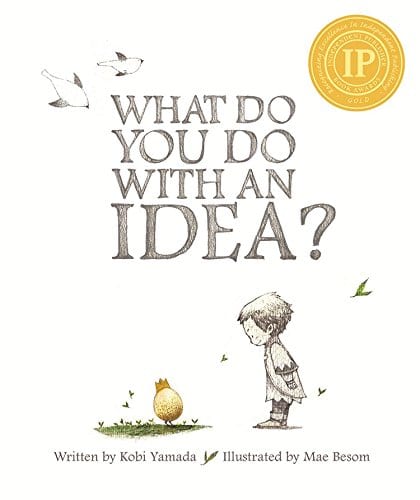
What Do You Do with an Idea?
by Kobi Yamada (author) & Mae Besom (illustrator)
This book encourages children to take hold of their ideas and pursue them, no matter how big, strange, or difficult they may be.
